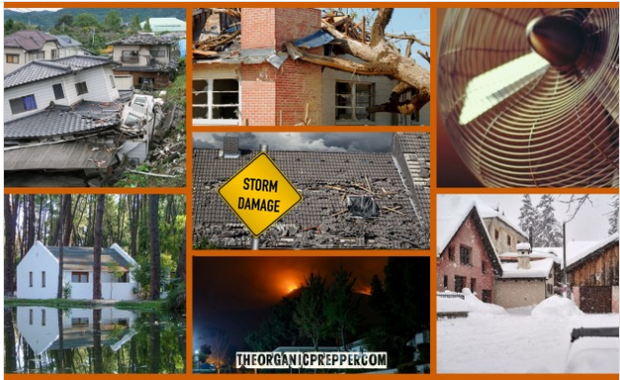
Breaking News
 Turning Point USA to Host Charlie Kirk Memorial at 63,400-Seat State Farm Stadium
Turning Point USA to Host Charlie Kirk Memorial at 63,400-Seat State Farm Stadium
 "TEST Her First!" - Do This BEFORE You Get Married | Charlie Kirk
"TEST Her First!" - Do This BEFORE You Get Married | Charlie Kirk
 AI, Inevitability, & Human Sovereignty
AI, Inevitability, & Human Sovereignty
Top Tech News
 Tesla Megapack Keynote LIVE - TESLA is Making Transformers !!
Tesla Megapack Keynote LIVE - TESLA is Making Transformers !!
 Methylene chloride (CH2Cl?) and acetone (C?H?O) create a powerful paint remover...
Methylene chloride (CH2Cl?) and acetone (C?H?O) create a powerful paint remover...
 Engineer Builds His Own X-Ray After Hospital Charges Him $69K
Engineer Builds His Own X-Ray After Hospital Charges Him $69K
 Researchers create 2D nanomaterials with up to nine metals for extreme conditions
Researchers create 2D nanomaterials with up to nine metals for extreme conditions
 The Evolution of Electric Motors: From Bulky to Lightweight, Efficient Powerhouses
The Evolution of Electric Motors: From Bulky to Lightweight, Efficient Powerhouses
 3D-Printing 'Glue Gun' Can Repair Bone Fractures During Surgery Filling-in the Gaps Around..
3D-Printing 'Glue Gun' Can Repair Bone Fractures During Surgery Filling-in the Gaps Around..
 Kevlar-like EV battery material dissolves after use to recycle itself
Kevlar-like EV battery material dissolves after use to recycle itself
 Laser connects plane and satellite in breakthrough air-to-space link
Laser connects plane and satellite in breakthrough air-to-space link
 Lucid Motors' World-Leading Electric Powertrain Breakdown with Emad Dlala and Eric Bach
Lucid Motors' World-Leading Electric Powertrain Breakdown with Emad Dlala and Eric Bach
 Murder, UFOs & Antigravity Tech -- What's Really Happening at Huntsville, Alabama's Space Po
Murder, UFOs & Antigravity Tech -- What's Really Happening at Huntsville, Alabama's Space Po
How to Design a Natural Disaster-Resistant Home

Every geographical region is associated with some type of natural disaster. Some areas are vulnerable to several. Therefore, there are many benefits to planning and building a natural disaster-resistant home.
According to the Insurance Information Institute: "there was an average of 520 natural catastrophes per year between 1989 and 2018. In 2019 alone, there were 820 — a nearly 58% increase from the average over the past three decades. Insured losses for damage caused by these natural disasters exceeded $82 billion. This statistic doesn't reflect the uninsured losses or incalculable losses of personal items like family photographs and other cherished objects.
The costs of NOT building a natural disaster-resistant home
Nature has no concern for roofs, walls, and foundations. Unfortunately, many construction firms have little concern about building housing to provide a robust defense against the natural disasters associated with their setting. Although builders must construct houses according to local code, that may not be enough for homebuyers looking for properties designed with Mother Nature's fury in mind.
While $82 billion reflects the cost to insurance providers, the cost to individuals is more challenging to reflect. How does one measure the disruption to property owners' lives after they've lost everything and must live out of a hotel for months or longer?

 My Response To The Left…
My Response To The Left… 

